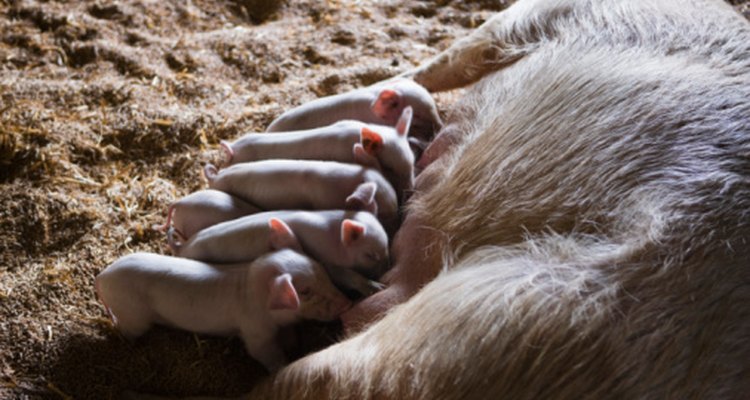
Pigs are often called dirty and stupid animals, but they are smarter than dogs. The pig ranks No. 4 as the easiest animal to train. The pig is actually a clean animal and not dirty at all. They divide their pen like humans do their house. The pig sleeps in one area, excretes waste in another area and eats in yet another area. The pig has no sweat glands, which means it likes to lay in cool places to keep its body temperature down. Pigs are not overeaters, but in the first five months of their life they grow from 2 pounds to 250 pounds on average. Meat isn’t the pigs favorite; food vegetables, fruit, barley, wheat and corn are their favorites.
Intelligence
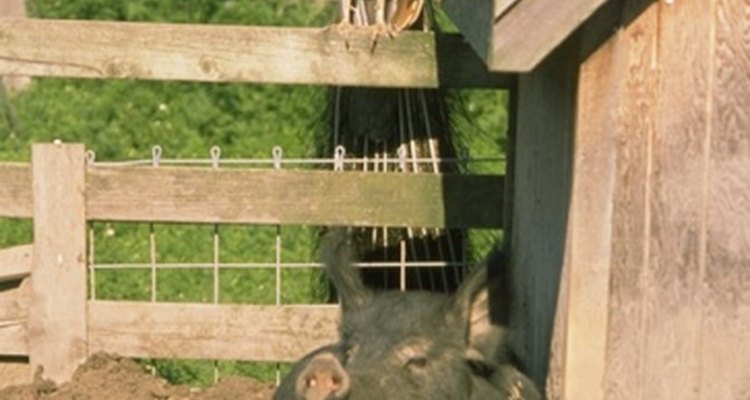
You can train a pig to hunt, dance, shower, pull things, fetch and even sniff out land mines and wild truffles. Pigs are the closest relative to man in the animal chain after the ape. Like man, the pig is the only other mammal that voluntarily drinks distilled alcohol. All parts of a slaughtered pig are useful. Some brush bristles come from pig hair. Insulin and antibiotics use pig blood and bones. Severe burn victims can benefit from pig skin, and pig’s eyes can be transplanted into humans. For decades, pig valves have helped heart patients live longer lives with transplats.
Dog Treat
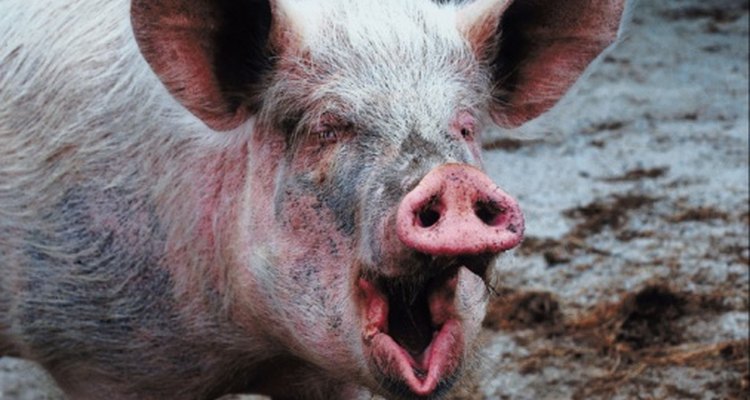
Puffed pig snouts have taken center stage as doggy treats. Baking the snouts lightly puffs them. Then on a higher temperature they become crisp, but not so crisp they get hard like a milk bone. Smoking pig snouts gives a dog a different flavor that is enticing. Pig snouts are digestible by all dogs regardless of size. When chewing the baked pig snouts, dogs scrape the plaque and tartar off their teeth enhancing their gum health. Pig snouts are healthier than rawhide because dogs can digest all of the snout. There are two popular flavors -- natural and smoked -- for pig snout dog treats.
Food
Soul food uses many pig parts including the snout, but mainstream people have become curious about the edible qualities of the snout in recent years. The pig snout can be roasted, boiled and baked. When the pig snout is roasted or baked, it forms its own juices. Theses juices are very palatable. Preparation for cooking a pig snout begins with removing any hair by singeing it over an open flame. Once the hair is removed, scrub the snout with a vegetable brush. For added flavor, brush the snout with olive oil and sprinkle it with sea salt. Rub the sea salt into the skin of the snout so it absorbs. Put the snouts on a baking sheet, baking at 350 degrees until puffed and chewy.
Future
In the past 10 years scientist have used pig snouts to repair spinal cord injuries in rats. The hope is that human spinal cords can one day use the tissue of the pig snout to repair itself. Rats have rejected the pig snout repair to their spinal cord because the immune system thus far is unable to accept cross-species transplants. Pig snouts have helped rats regenerate nerves in severed rat spinal cords. When nerves are regenerated, nerve signals move up and down the severed spinal cord at a faster rate than normal healthy nerves.
Related Articles
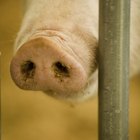
How to Cook Pig Snouts and Lips

How to Grill Pig Snoots

How to Cut Up Your Deer Tenderloins

Roasting a Pig on a Gas Barbecue
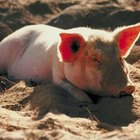
How to Figure Out the Age of a Pig

When Did Pierced Ears Originate?
How to Boil Pig Feet

MTG for Fast Hair Growth
How to Prepare & Cook Wild Pheasant
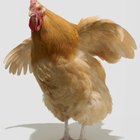
How to Clean Gizzards

How to Cook a Whole Pig in the Oven

About Jumano Indian Clothing

How to Clean a Nit Comb
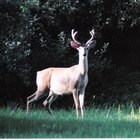
How to Make Clothing Out of Deer Hide

How to Stop Hair From Growing at the ...

How to Make Suede Leather

What Size Gauge Is an Ear Piercing Gun?

Types of Edible Clams

The History of Asian Food
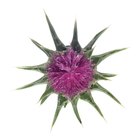
Does Milk Thistle Lower Liver Enzymes?
References
Resources
Writer Bio
Tammy Bronson has been a freelance writer since 1994. As a writer for Thompson Gale Publishing she wrote autobiographies and legal reviews. With Remilon.com Bronson wrote innovative informative articles about colleges and universities nationwide. She lives in the Greater Boston Area and has a Master of Arts degree in literature and writing from the State University of New York.
Photo Credits
Jupiterimages/BananaStock/Getty Images